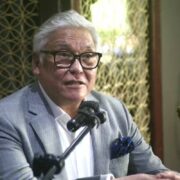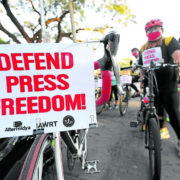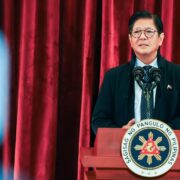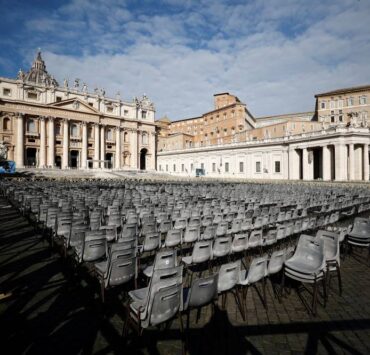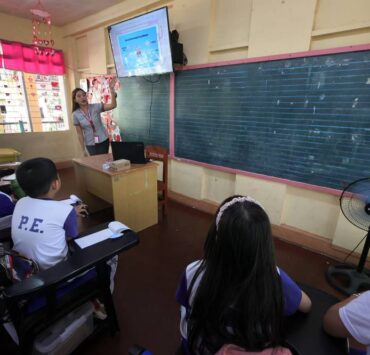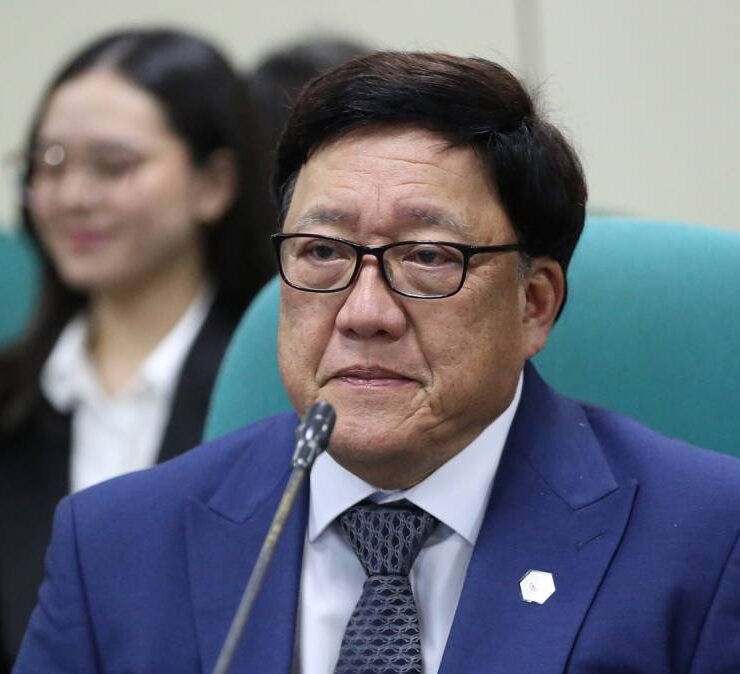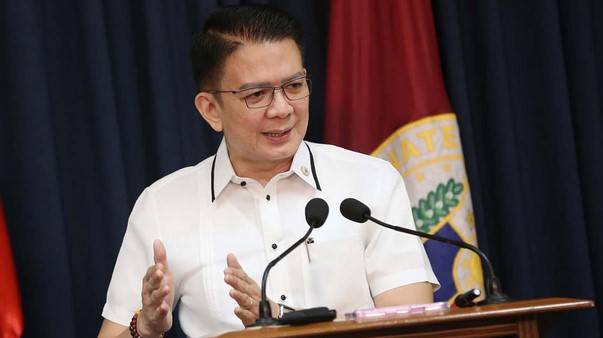France flexes aircraft carrier in WPS patrol
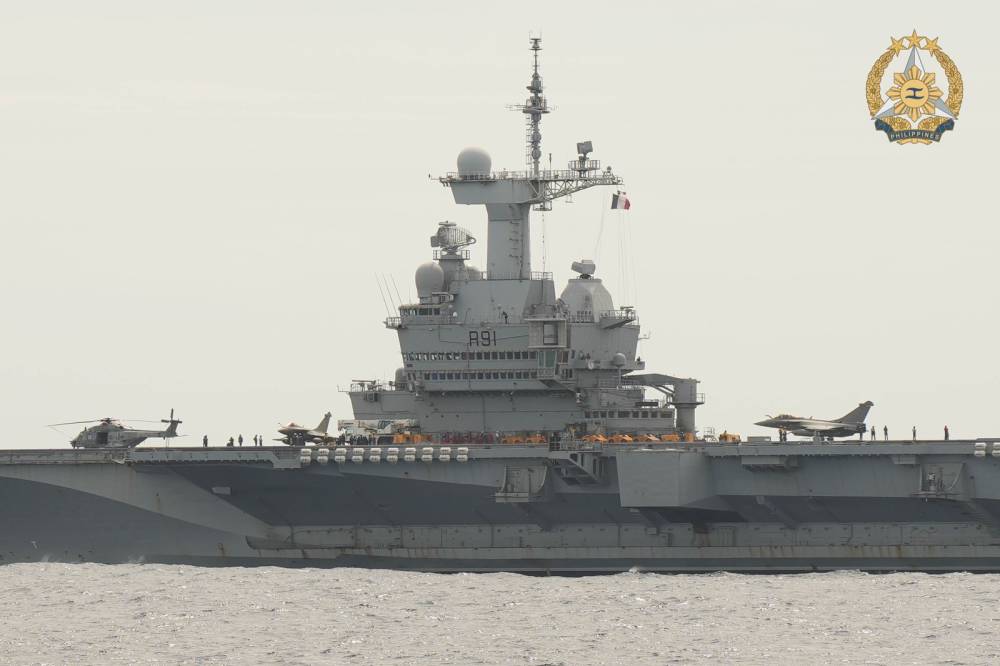
ABOARD THE FS CHARLES DE GAULLE, West Philippine Sea—As Rafale fighter jets roared overhead, the only non-American nuclear-powered aircraft carrier in the world sailed through these waters, in a rare, overwhelming display of French firepower.
The French carrier strike group led by aircraft carrier FS Charles de Gaulle has made its way to this region for the first time in over four decades, set against the backdrop of rising global tensions.
On Friday, the French Navy flew a small group of French diplomats, senior Philippine military officials and journalists including the Inquirer to the Charles de Gaulle while it was en route to Subic Bay for its first-ever port call to the Philippines.
One by one, several fighter jets and a reconnaissance plane landed and took off onboard the ship’s moving runway, with Philippine air and naval forces nearby as part of the first-ever joint drills between the two nations.
The carrier strike group is in the region as part of Clemenceau 25, a five-month deployment that started in November, which is meant to showcase French power projection capabilities from the Mediterranean, Indian Ocean to the Indo-Pacific.
Freedom of navigation
The 42,000-ton Charles de Gaulle, with around 1,800 crew onboard, is escorted by several warships, a supply ship, a nuclear-powered submarine and two maritime patrol aircraft. Its air wing includes two E-2C Hawkeye reconnaissance planes, more than 20 Rafale fighter jets and four helicopters.
French Ambassador to the Philippines Marie Fontanel, who was part of the VIP visit, said the deployment was meant to demonstrate commitment to freedom of navigation and develop partnerships with allies and partners.
“We want to strengthen our partnerships with countries like the Philippines, with whom we share a lot—international law, multilateralism, and we are of course both maritime nations,” she said.
France is also a nation of the Indo-Pacific, she added. ”We have French citizens in this region because of our overseas territories,” she said, referring to those within Western Indian Ocean and Southern Pacific regions, home to over 200,000 French nationals.
Fontanel said the visit to the carrier was to show “our Filipino partners of the three armed forces what is our aircraft carrier group, the technology we have onboard, the diversity of ships, and equipment.”
France has been seeking to forge closer ties with the Philippines and is in the early stages of negotiations on a Status of Visiting Forces Agreement, which would allow both forces to engage more frequently.
‘Force for good’
Manila and Paris agreed to enhance cooperation in 2023 and a French defense attaché office was inaugurated in June last year. France also sent a frigate in last year’s “Balikatan” for a joint sail with the Philippines and the United States.
Navy chief Vice Adm. Jose Ma. Ambrosio Ezpeleta, who led the invited Philippine guests, said he was “overwhelmed” to witness French capabilities on board the aircraft carrier.
“Their presence here is telling us … that they are supporting us in our efforts on the freedom of navigation, freedom of flight, operations … It’s a very good learning experience to see firsthand what our counterparts are doing,” he said.
Army vice commander Maj. Gen. Leodevic Guinid had a similar sentiment: “The message that is being portrayed by their presence here is their support to the rules-based international order and freedom of air and sea navigation in the South China Sea.”
France’s visit came less than a week after a Chinese military helicopter flew dangerously close to a Philippine patrol plane near Panatag (Scarborough) Shoal in the West Philippine Sea (WPS), located some 220 kilometers west of Luzon.
China claims nearly entirely the South China Sea and has overlapping claims with most of its Southeast Asian neighbors, including the Philippines. An international arbitration tribunal ruled in 2016 that China’s claims have no basis under international law, a decision Beijing has refused to recognize.
“France is stepping up its presence in order to position itself between China and the US and give an alternative, non-aggressive, non-imperialistic power, some sort of force for good in the Indo-Pacific and Asia Pacific,” maritime security expert Benjamin Blandin of the Yokosuka Council on Asia Pacific Studies, told the Inquirer.
“The presence of the Charles de Gaulle in the Philippine waters indicates France’s desire to include Manila in its security framework after doing so with Indonesia, Malaysia, Singapore, India and Australia,” he said.





